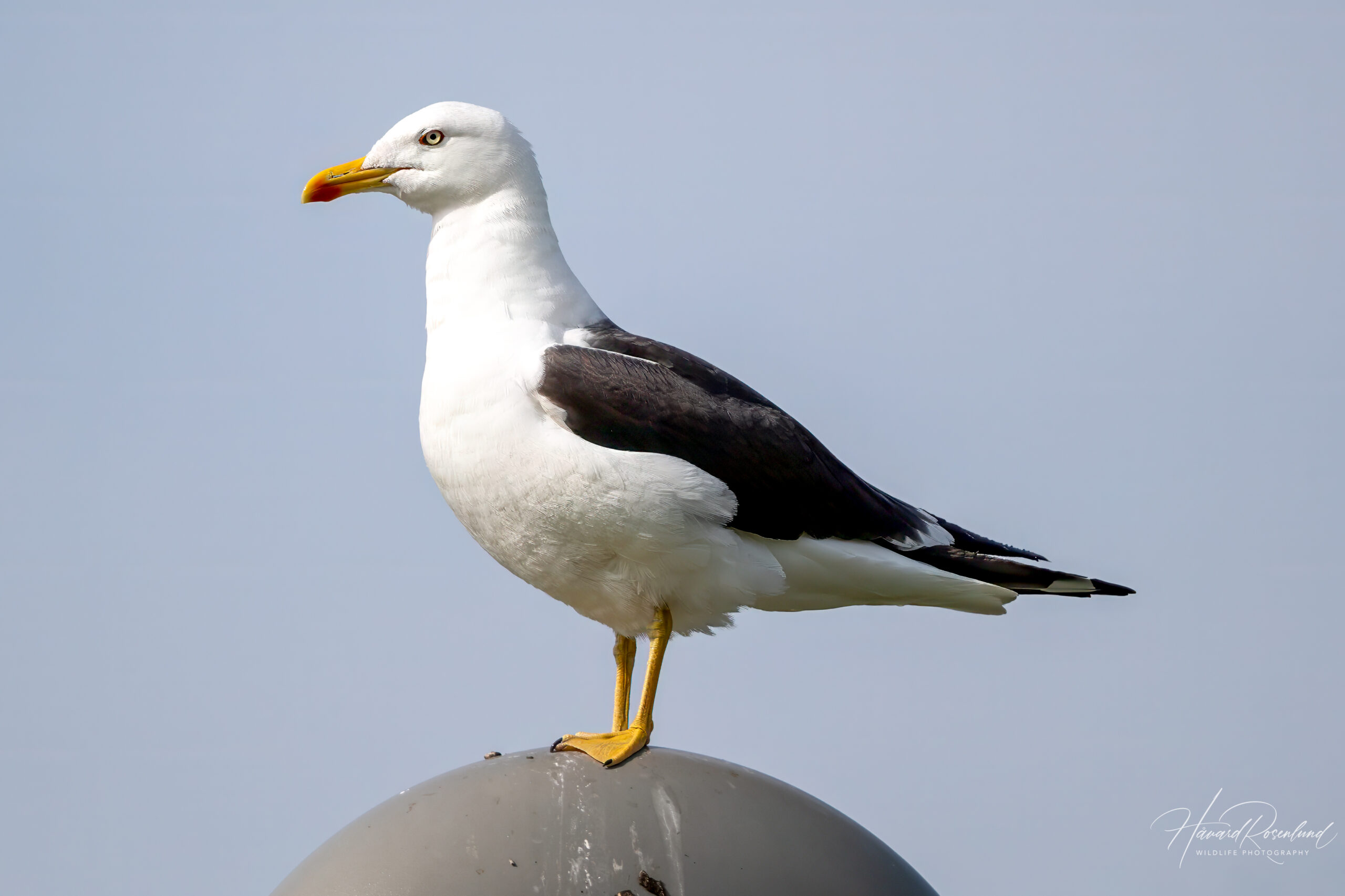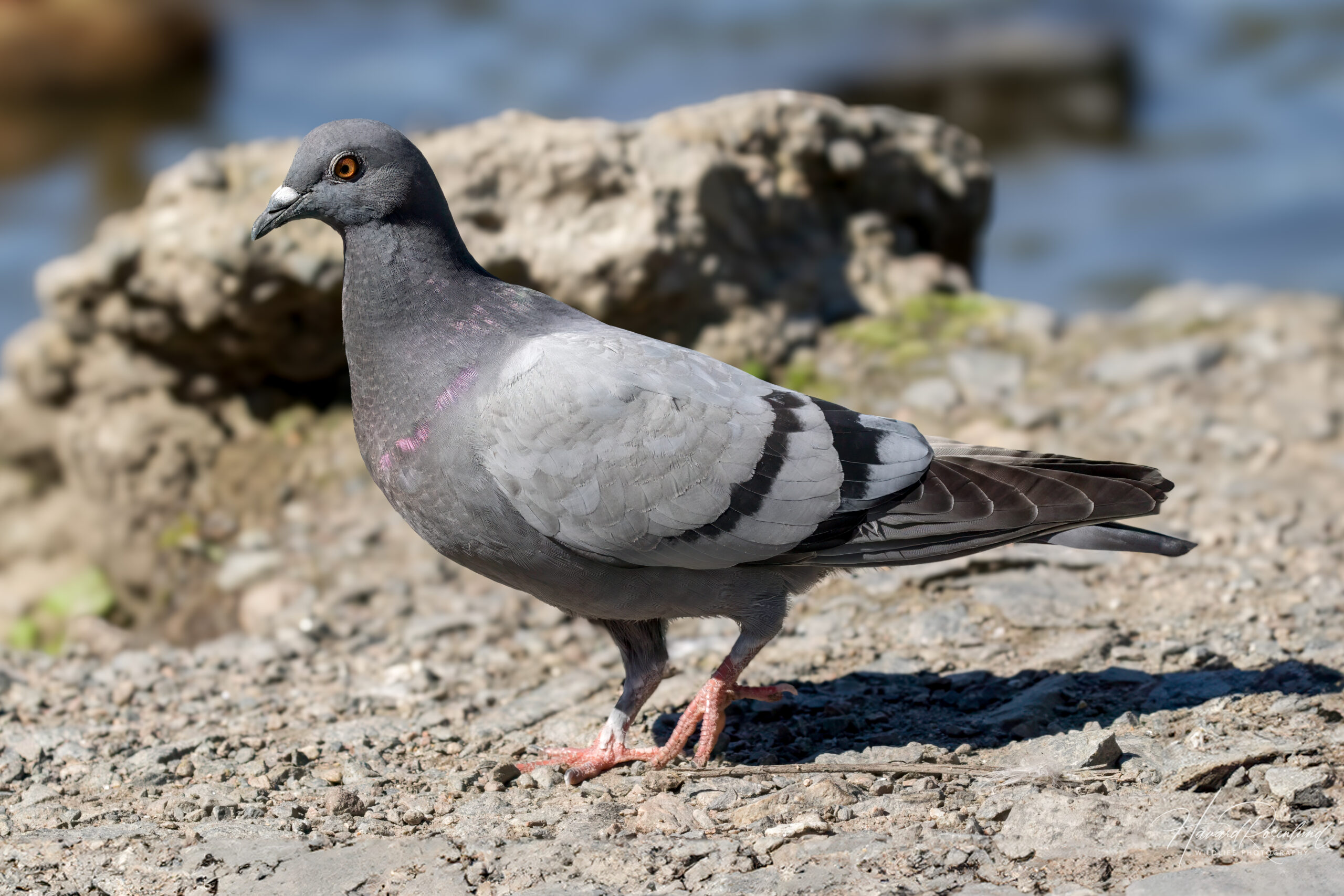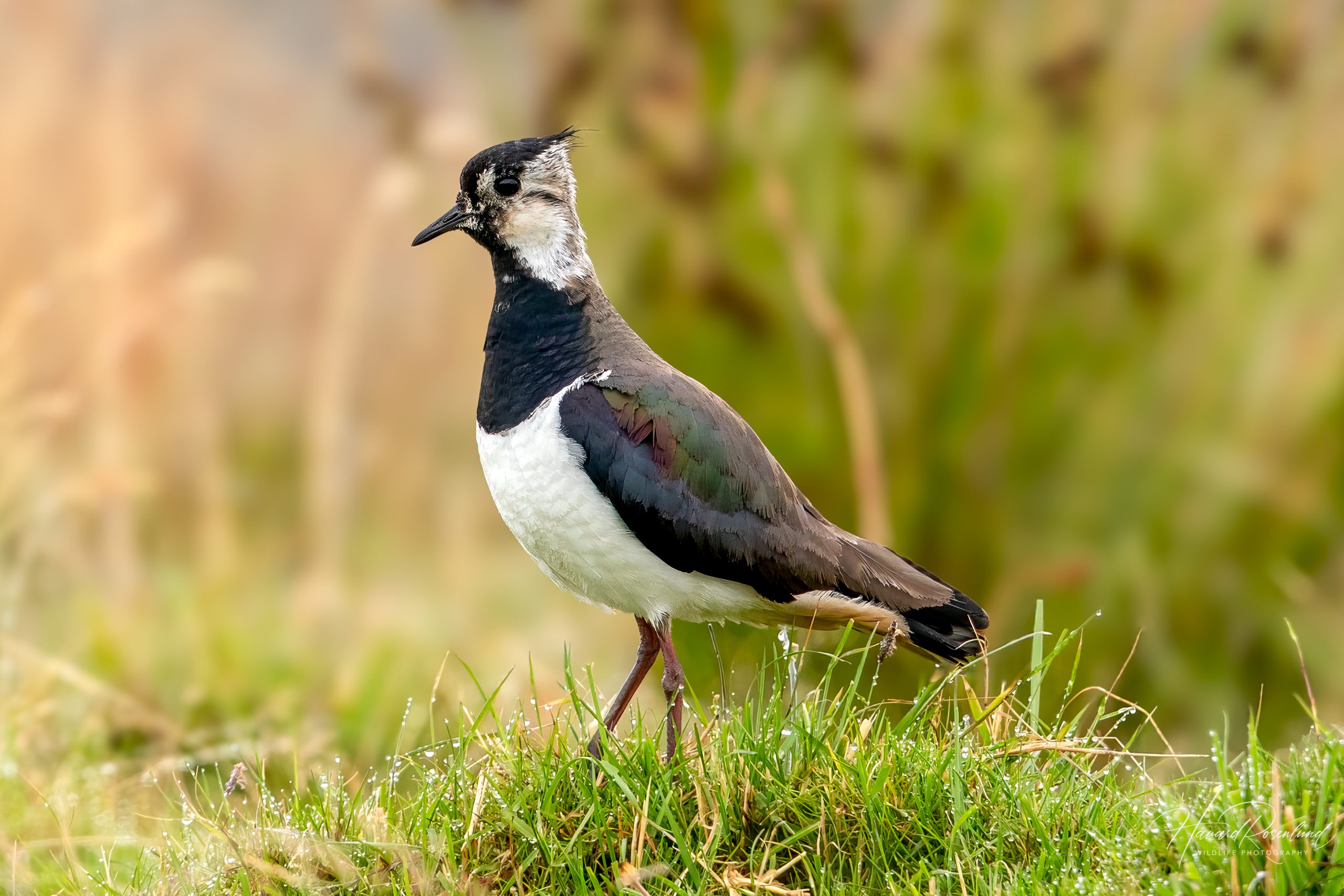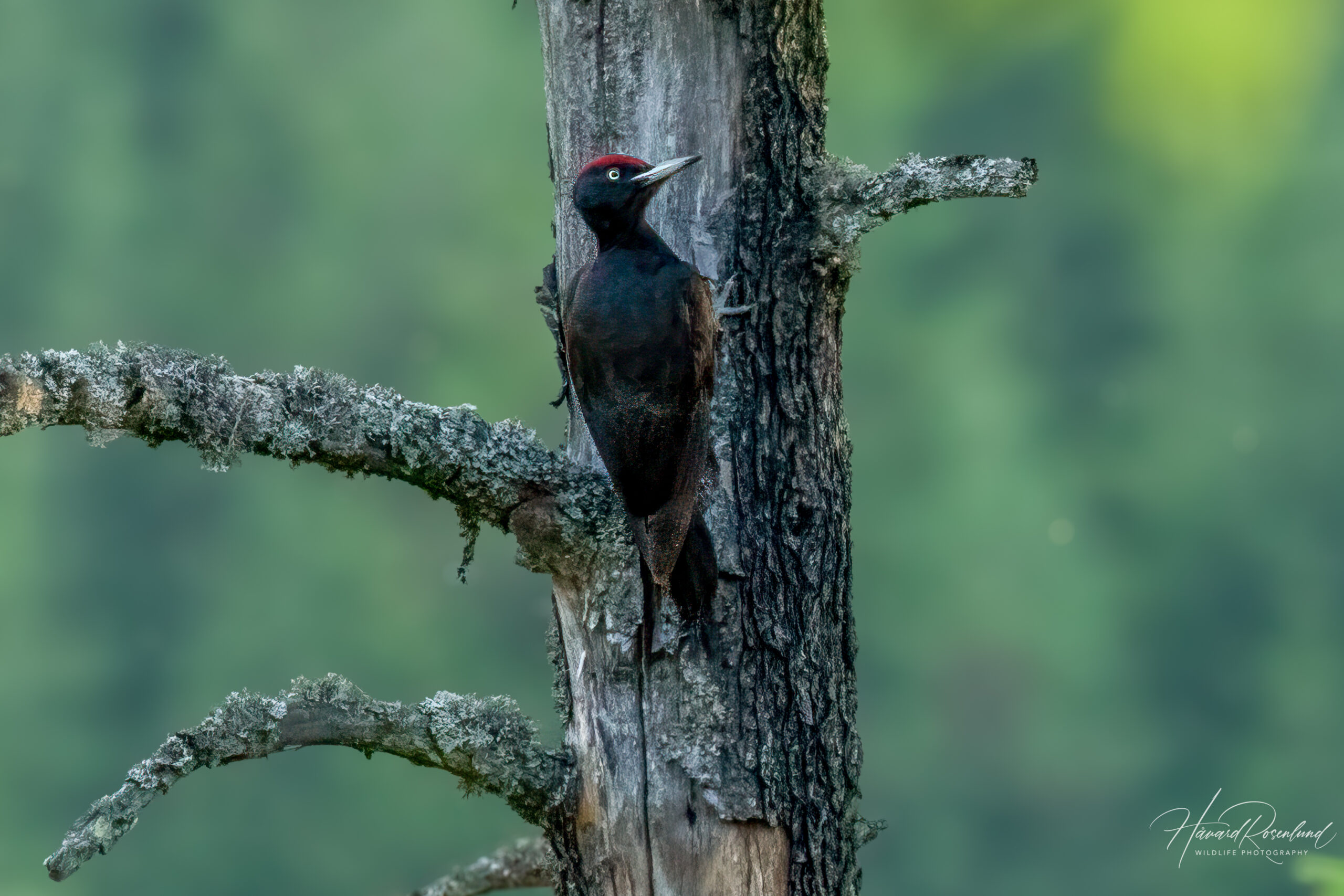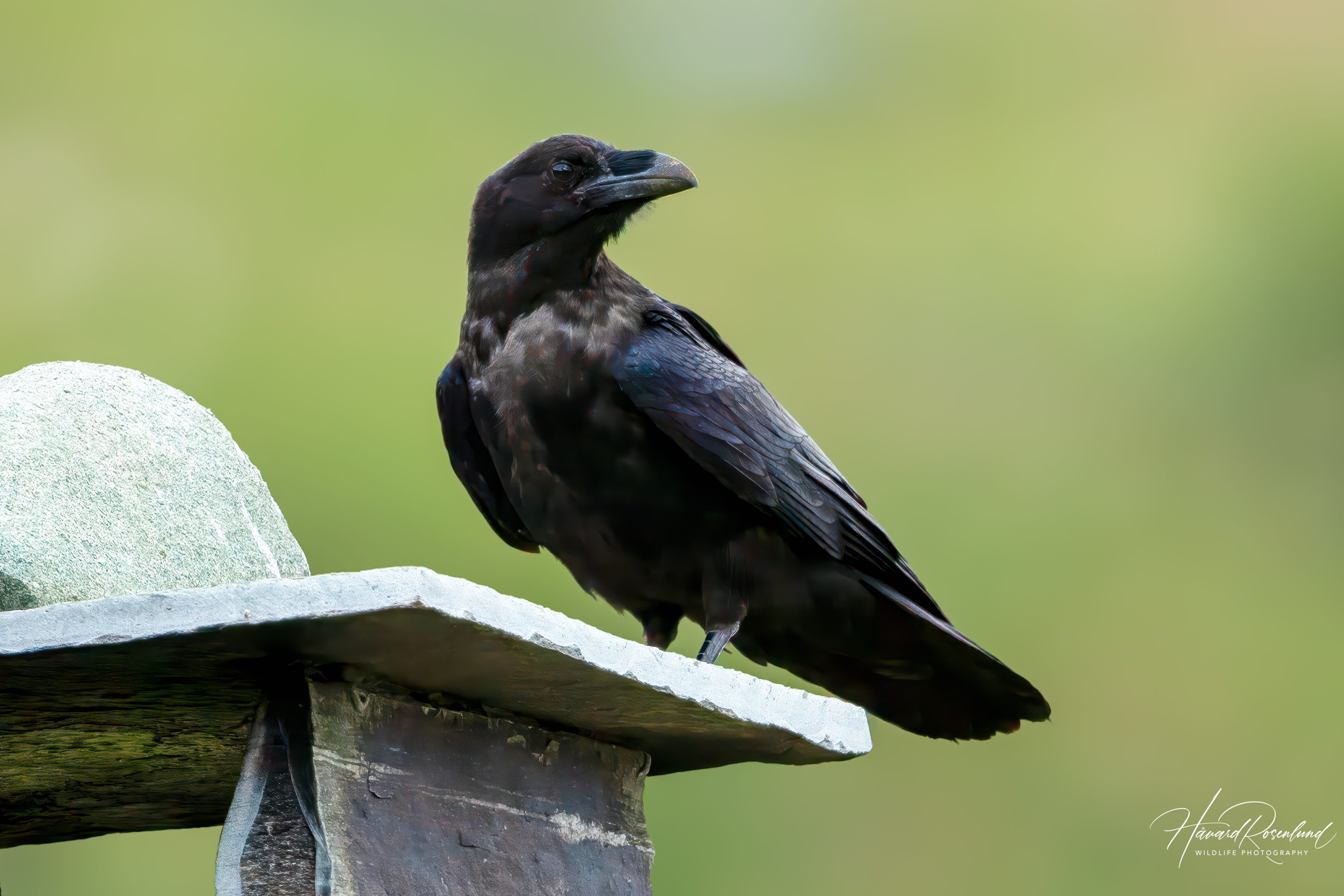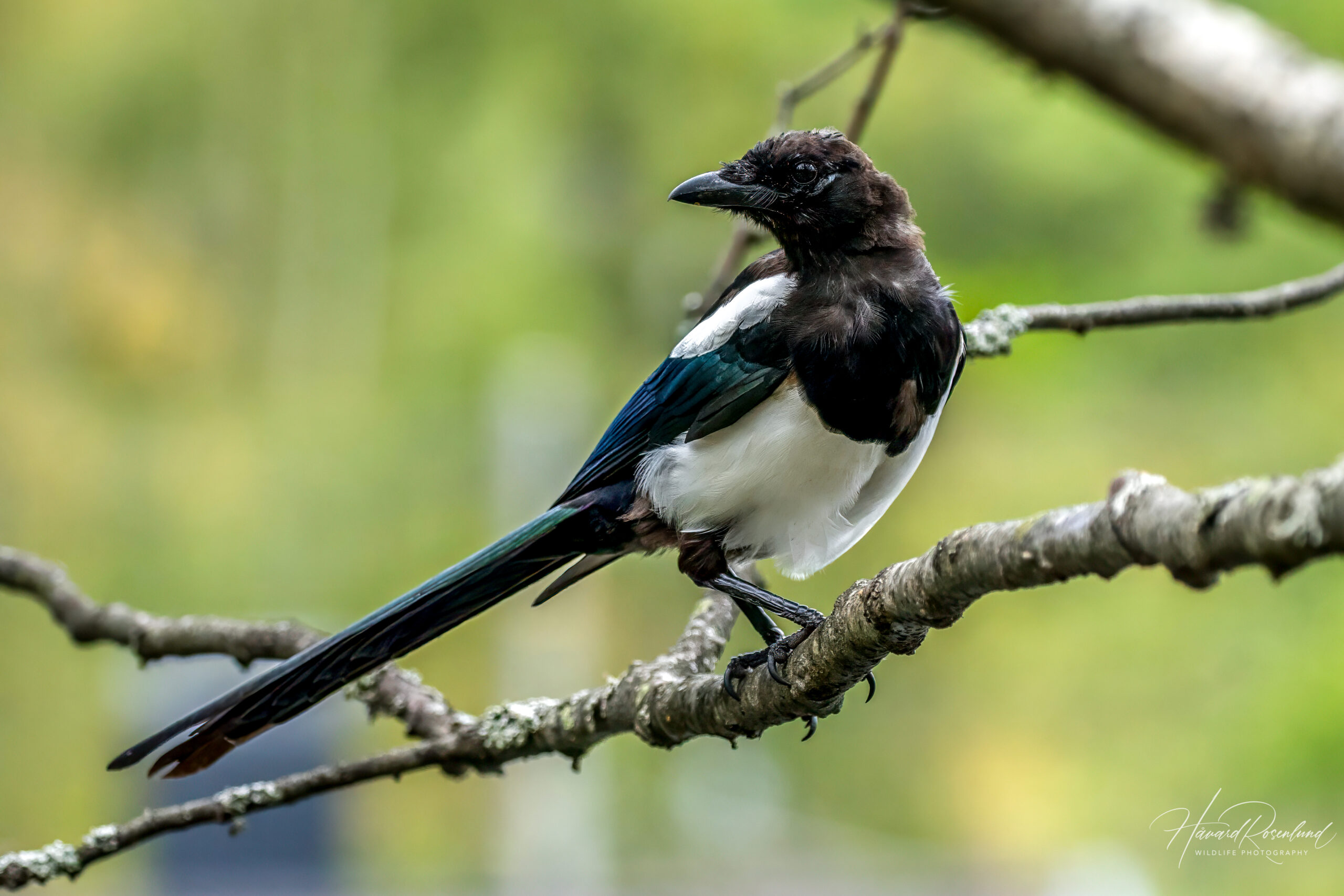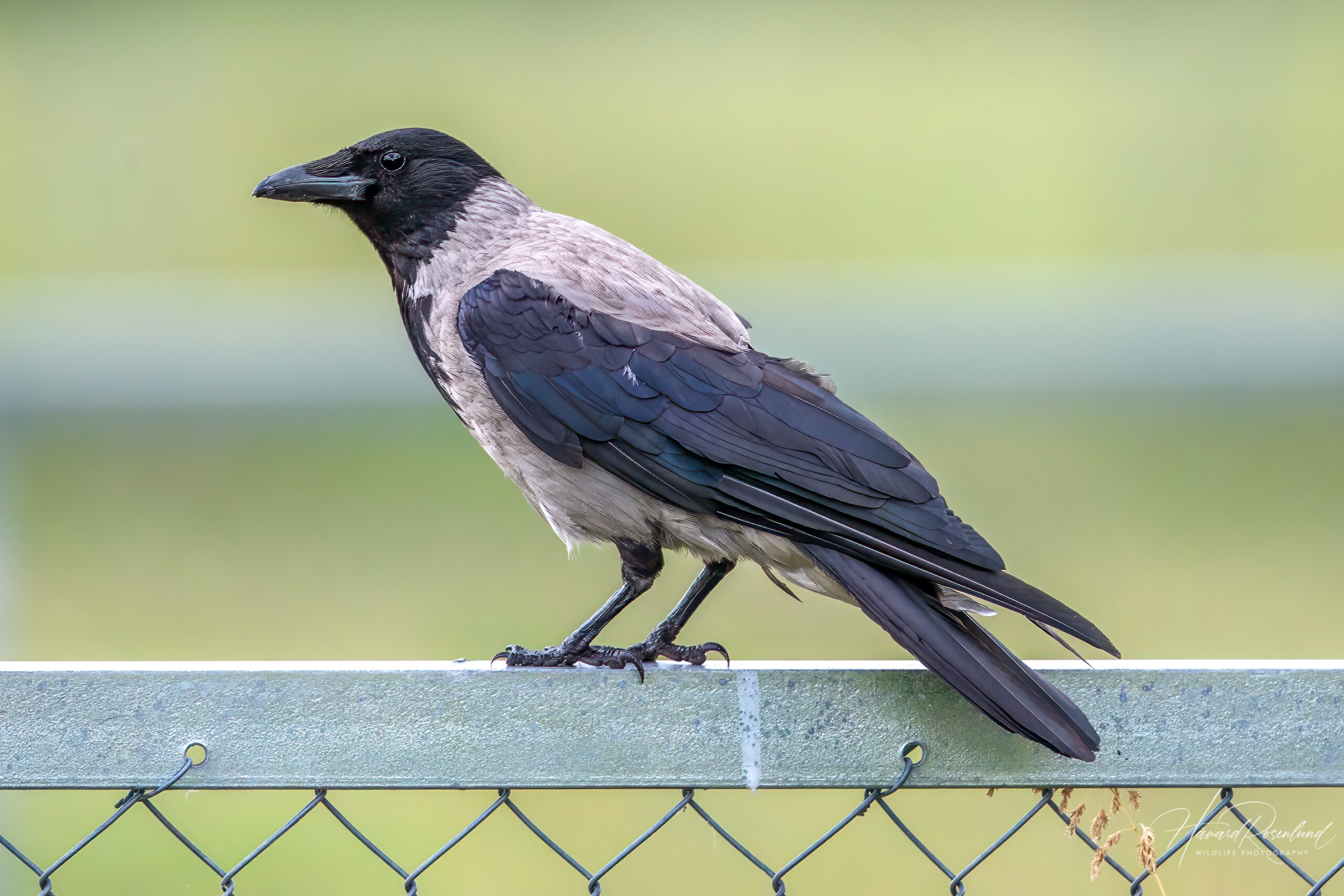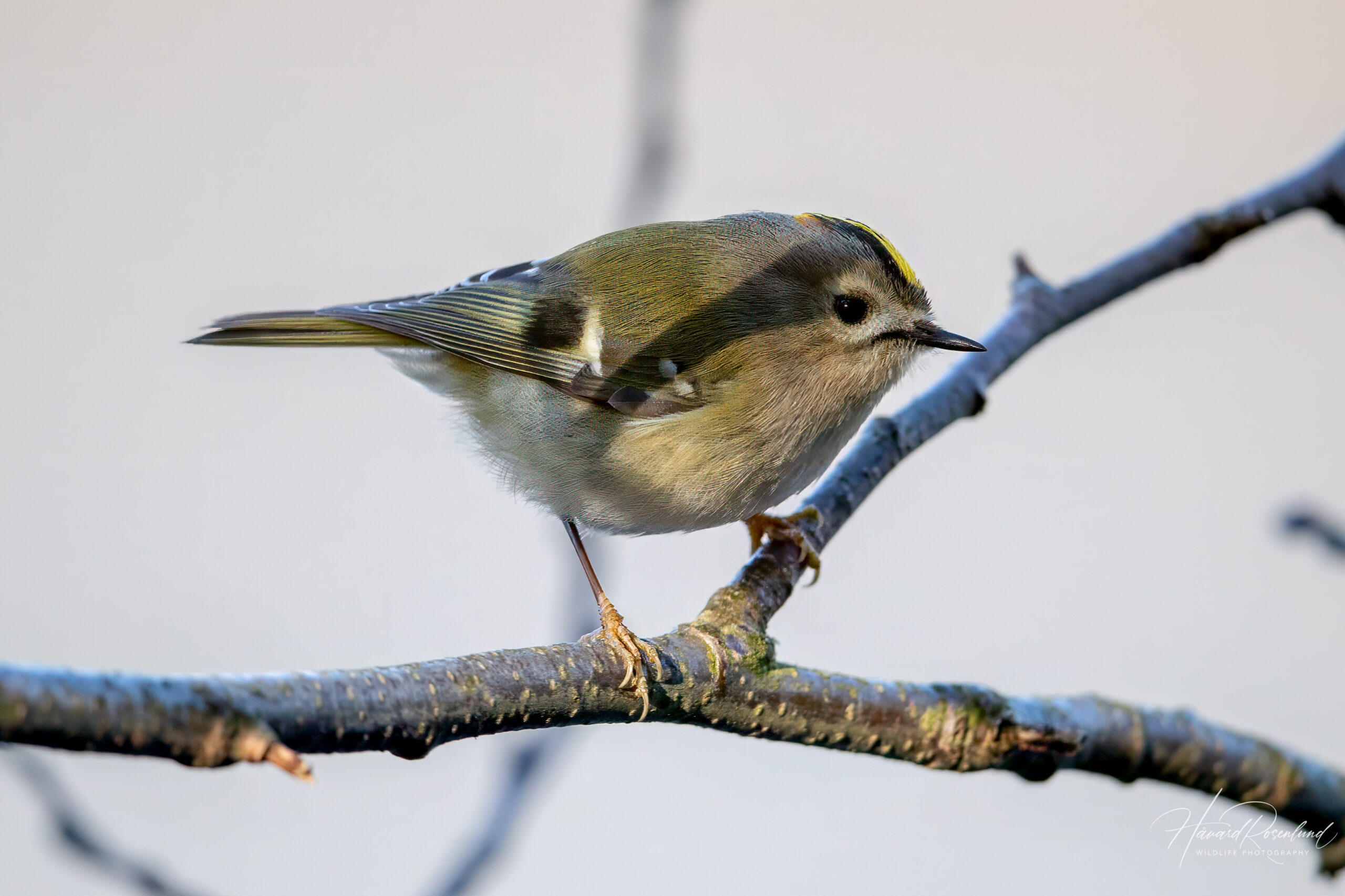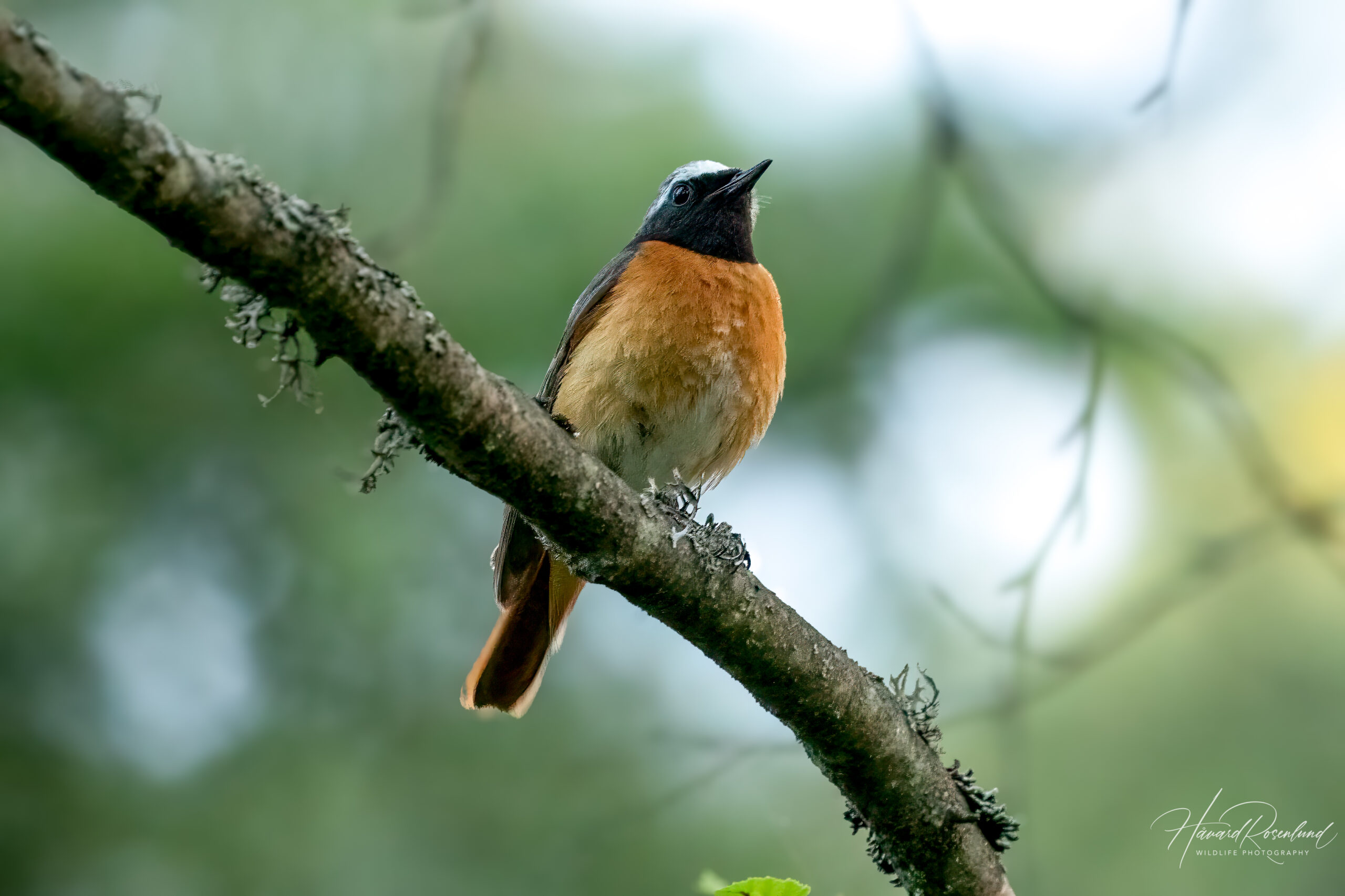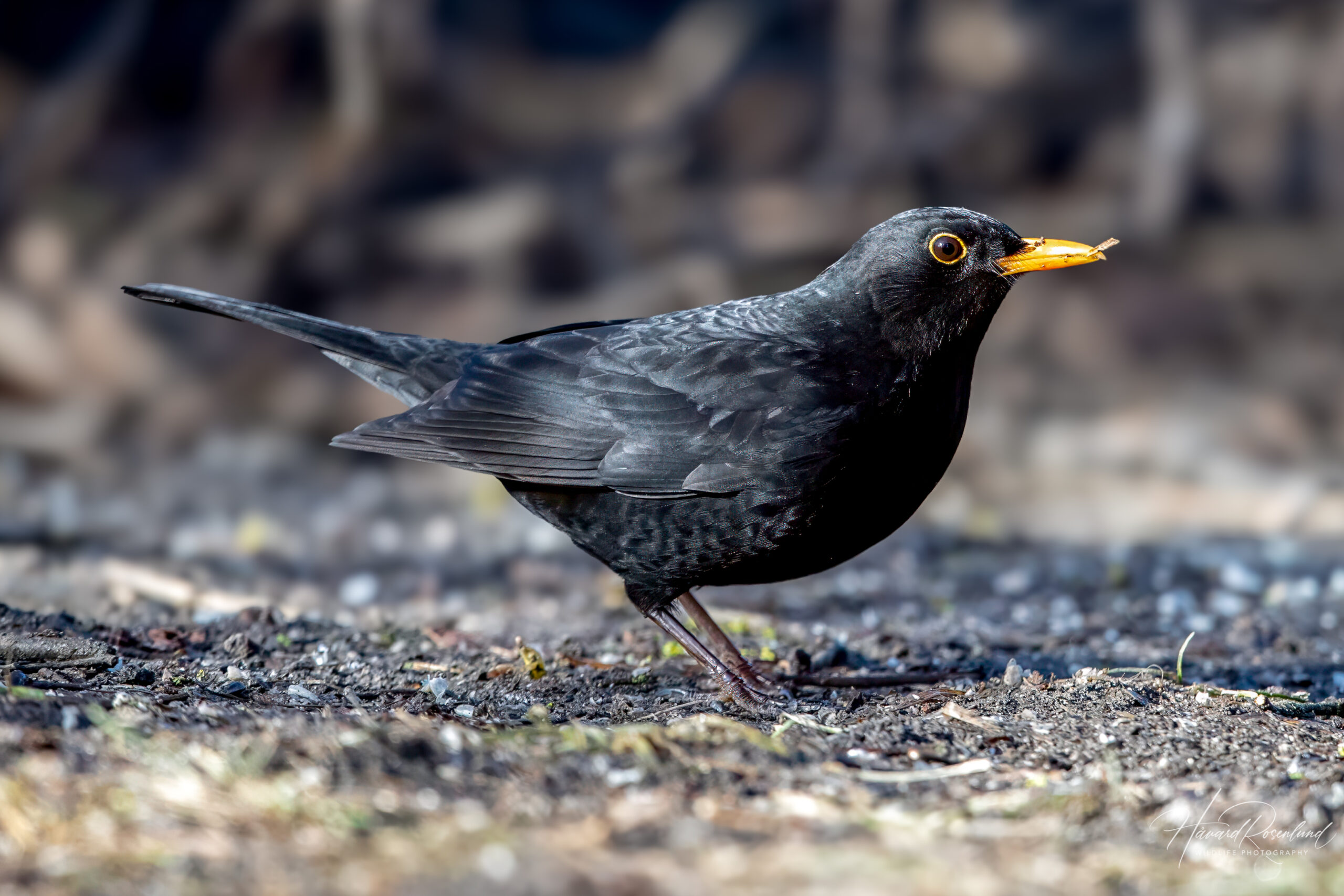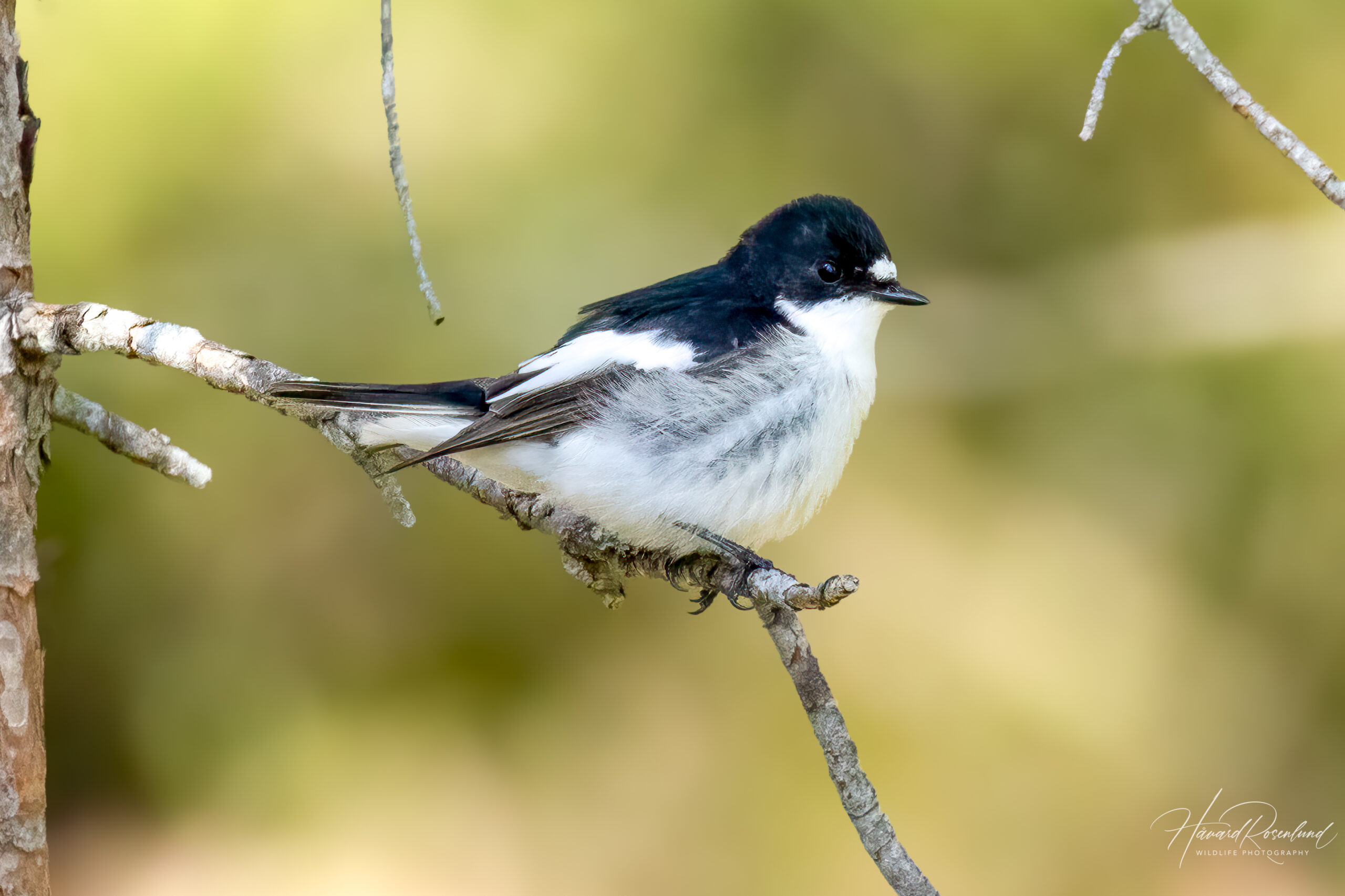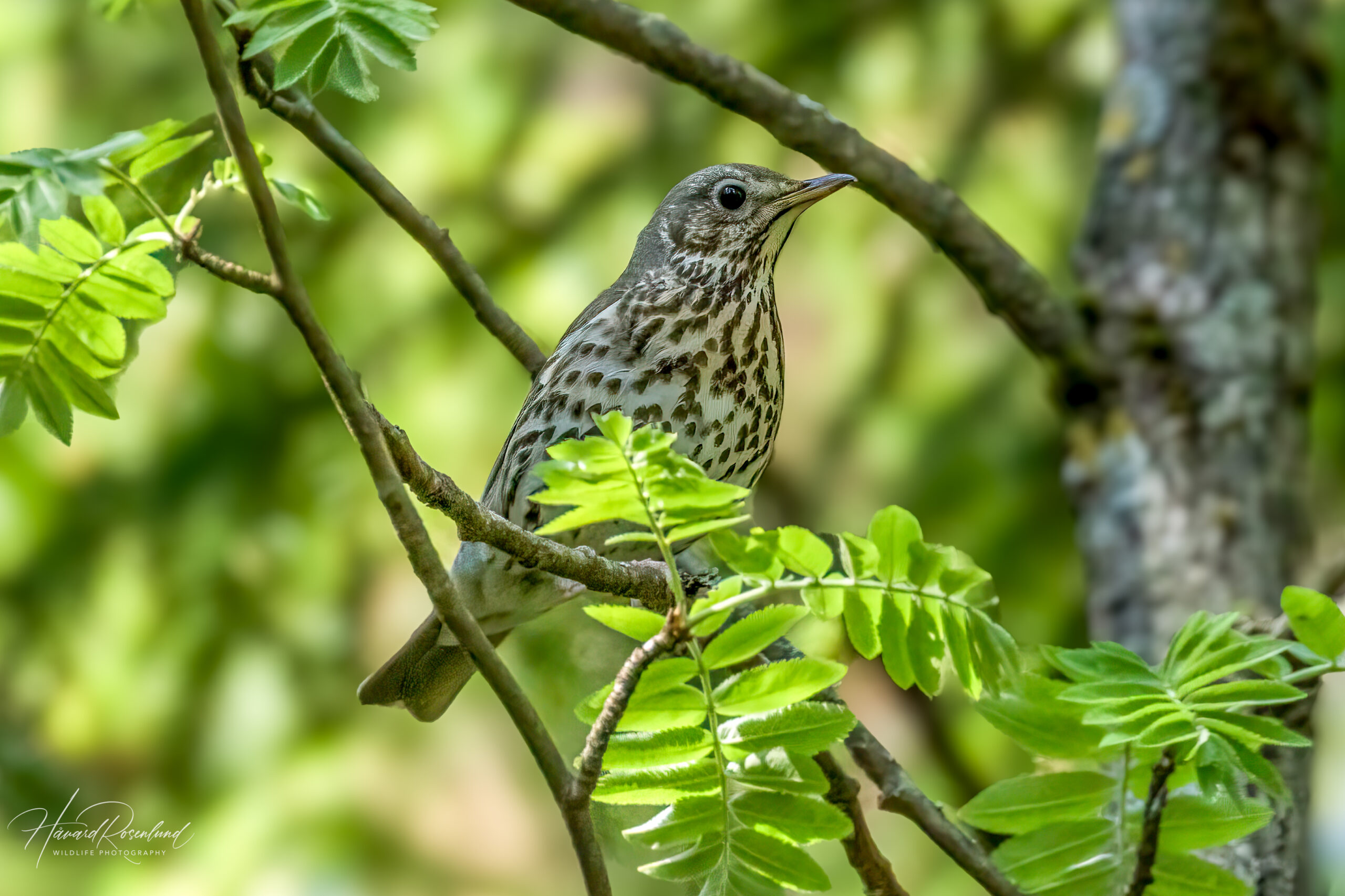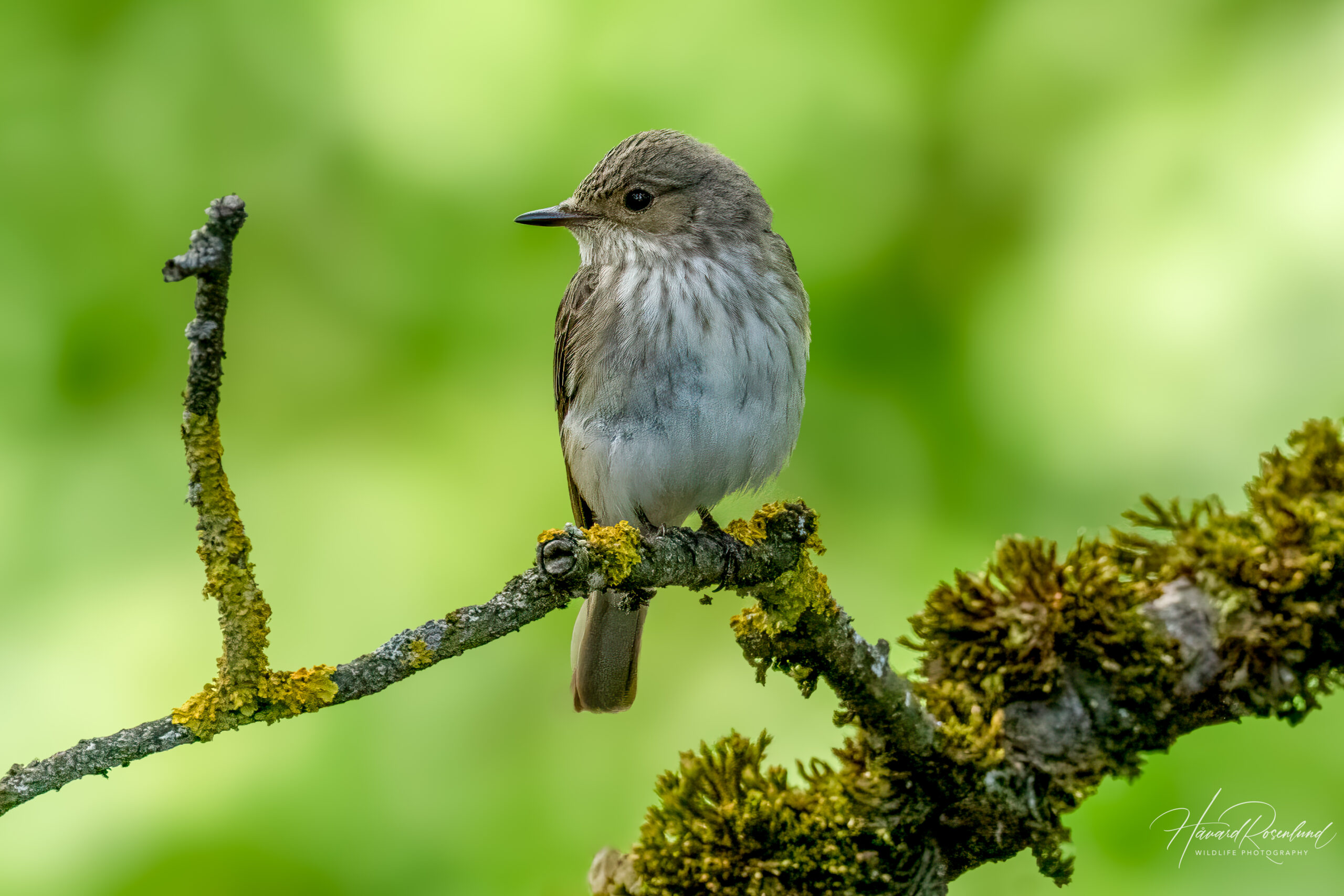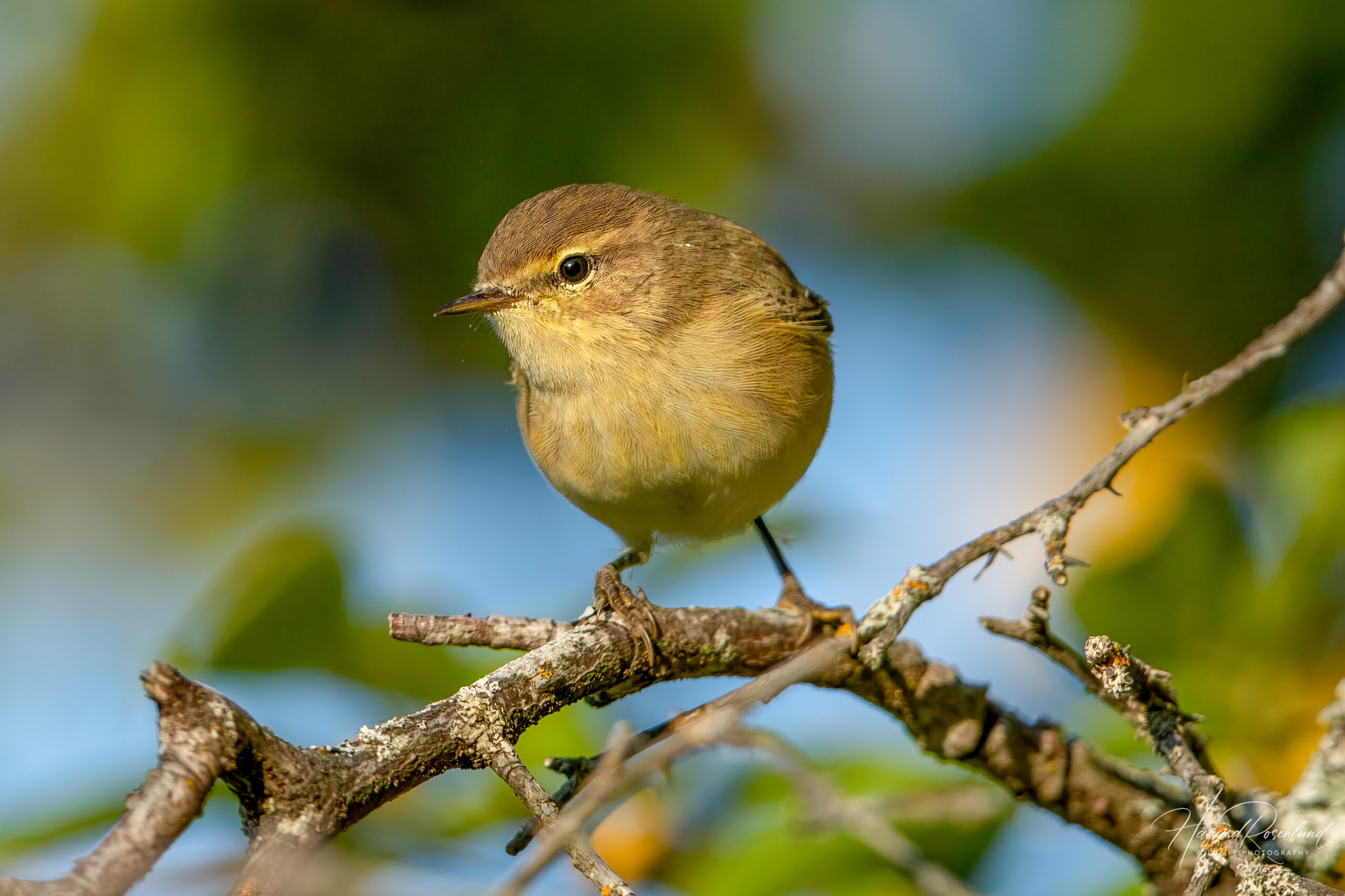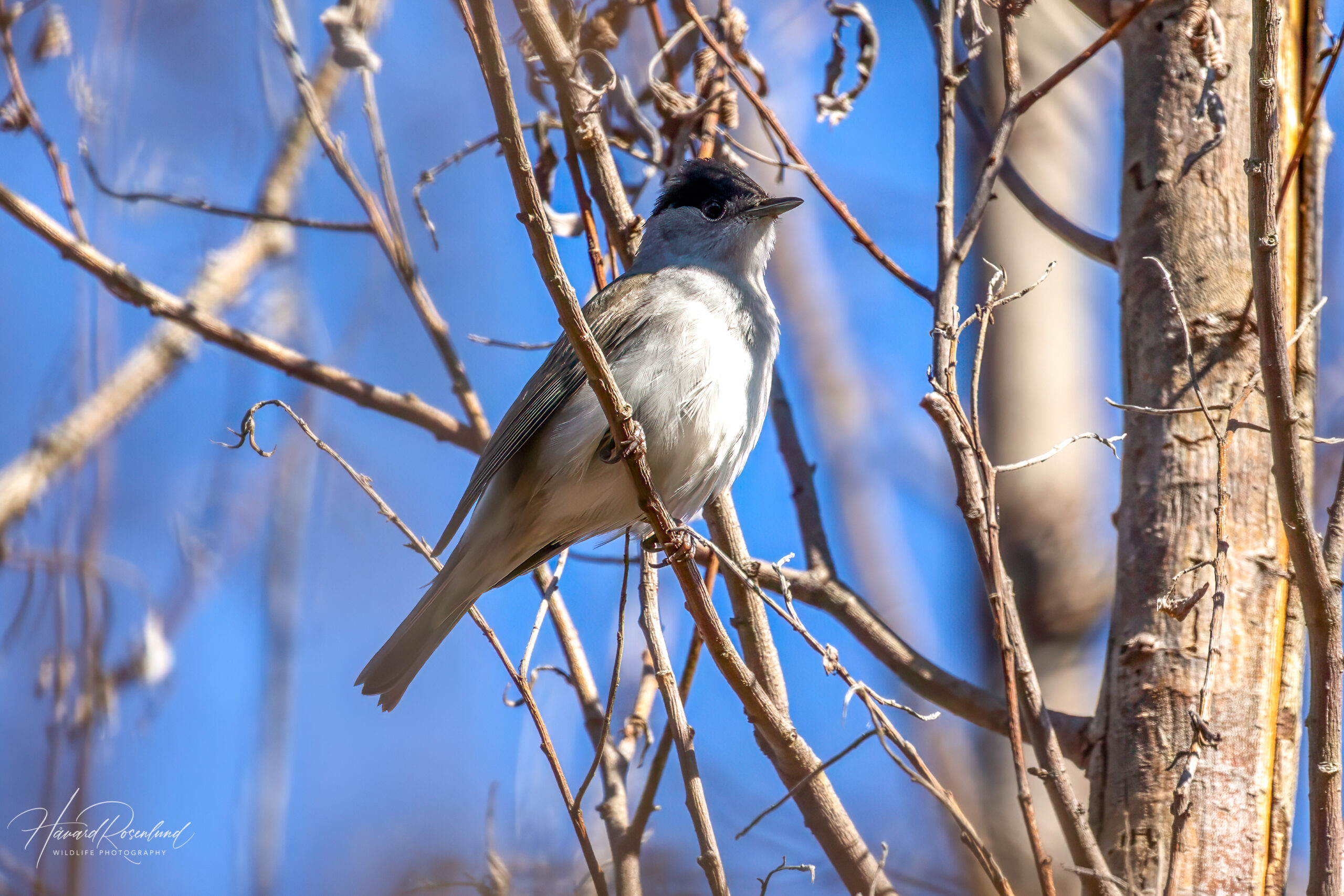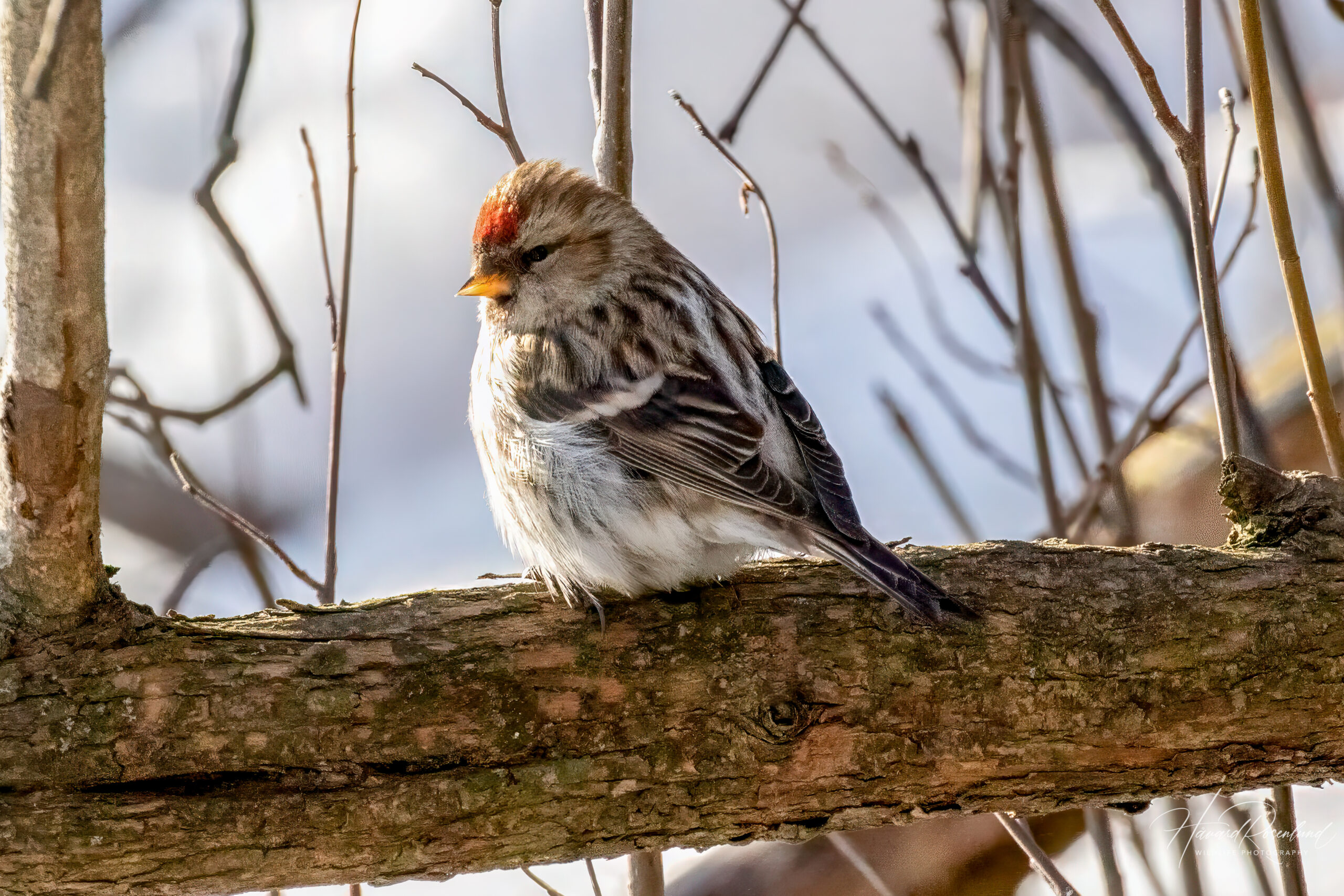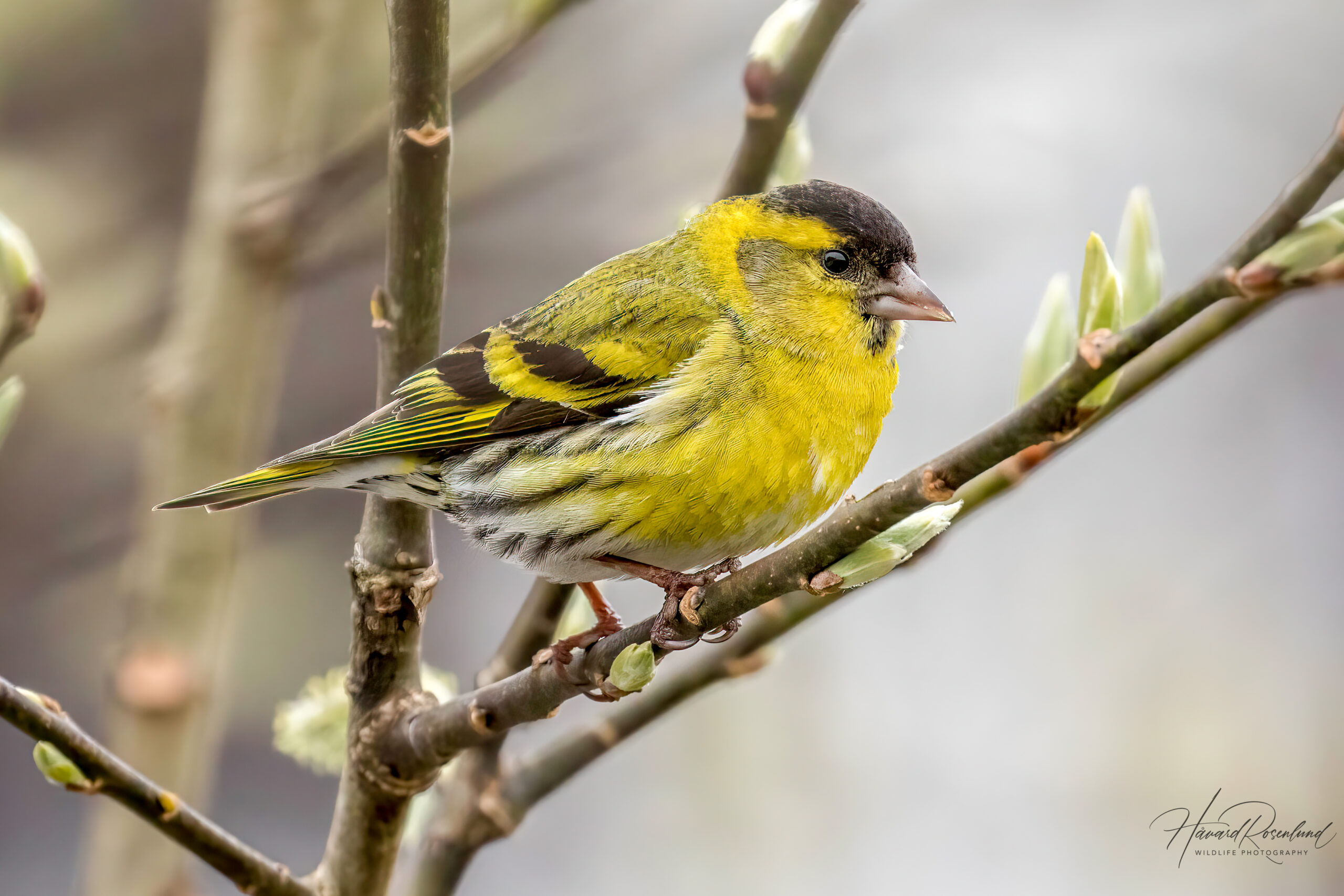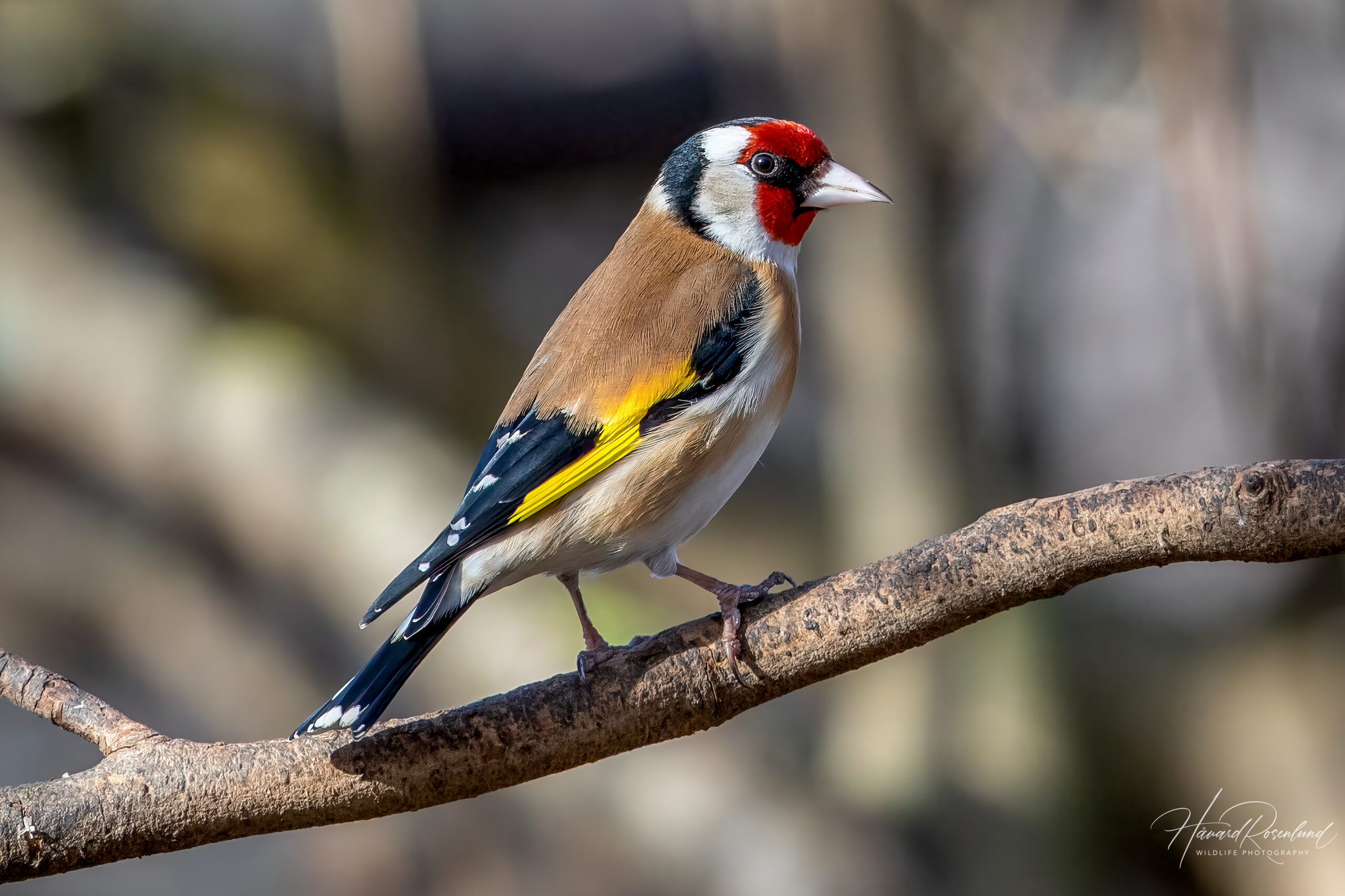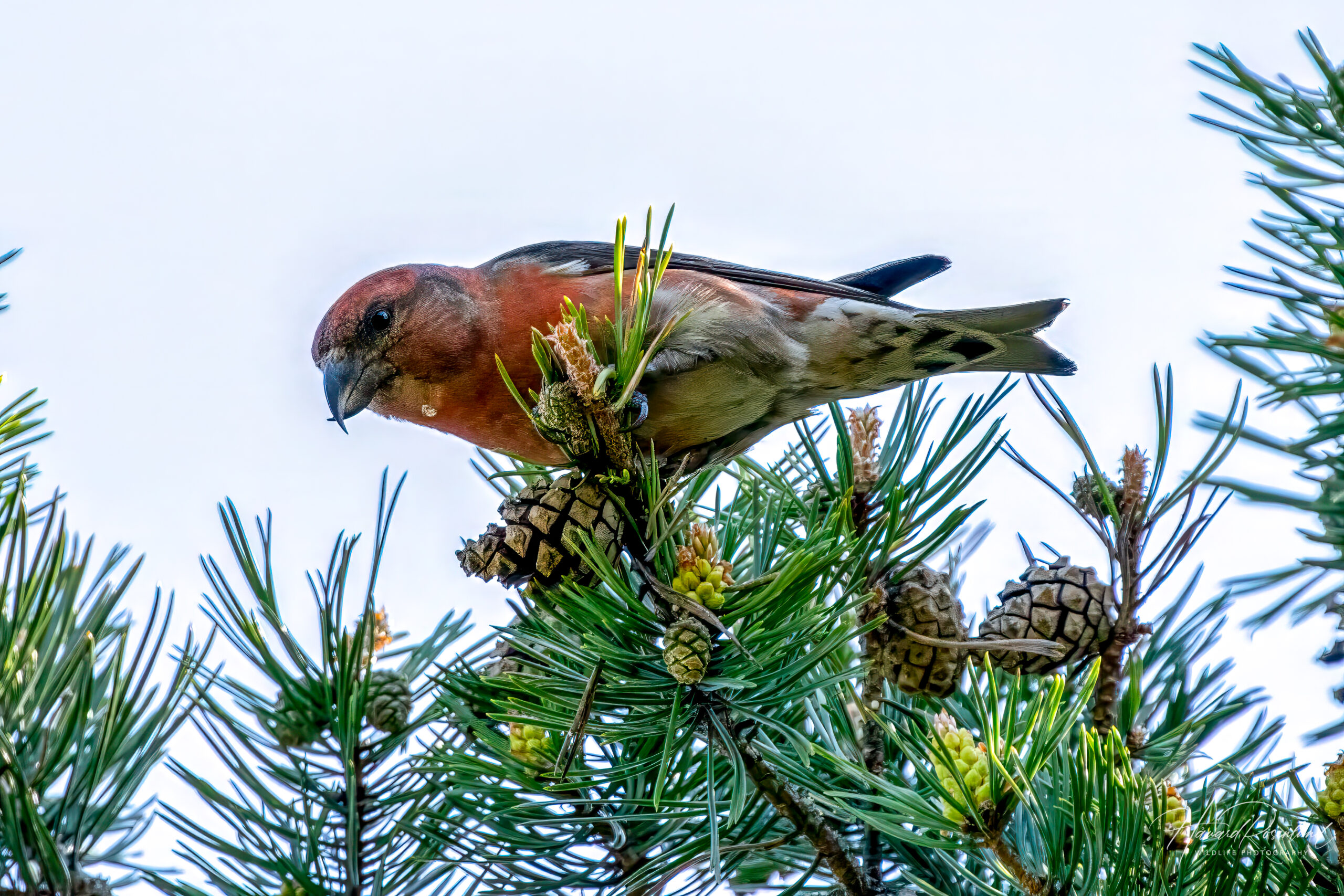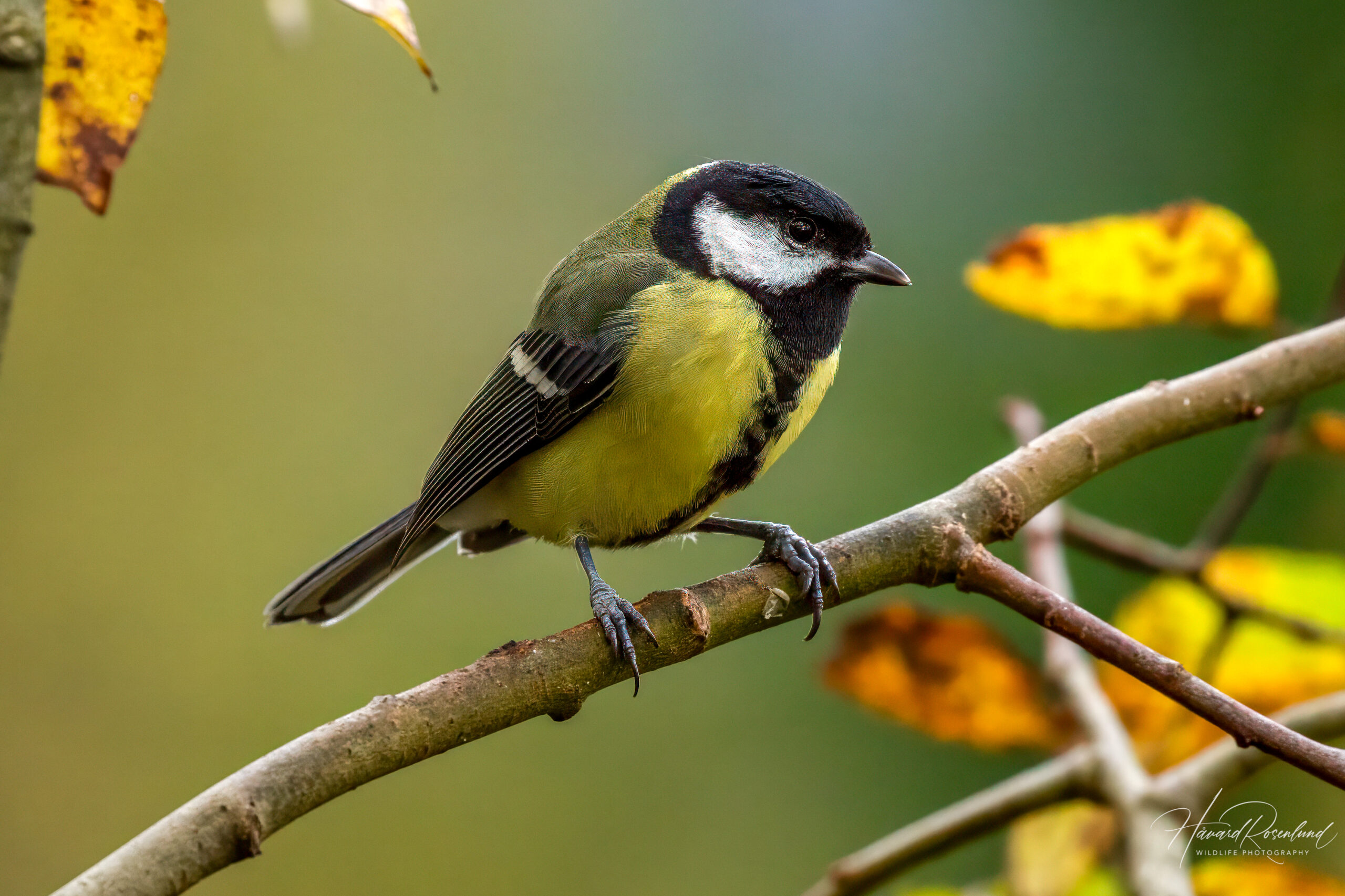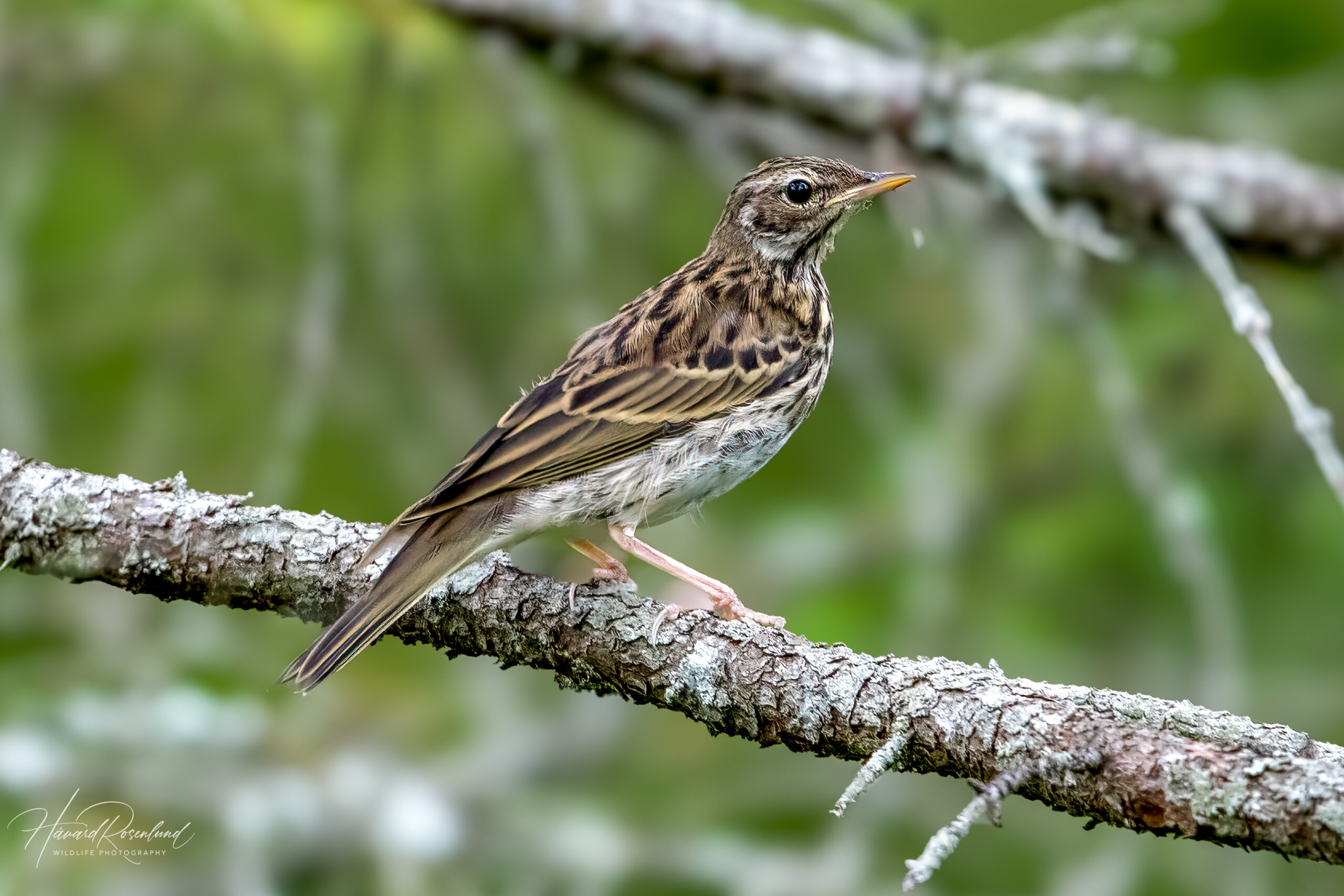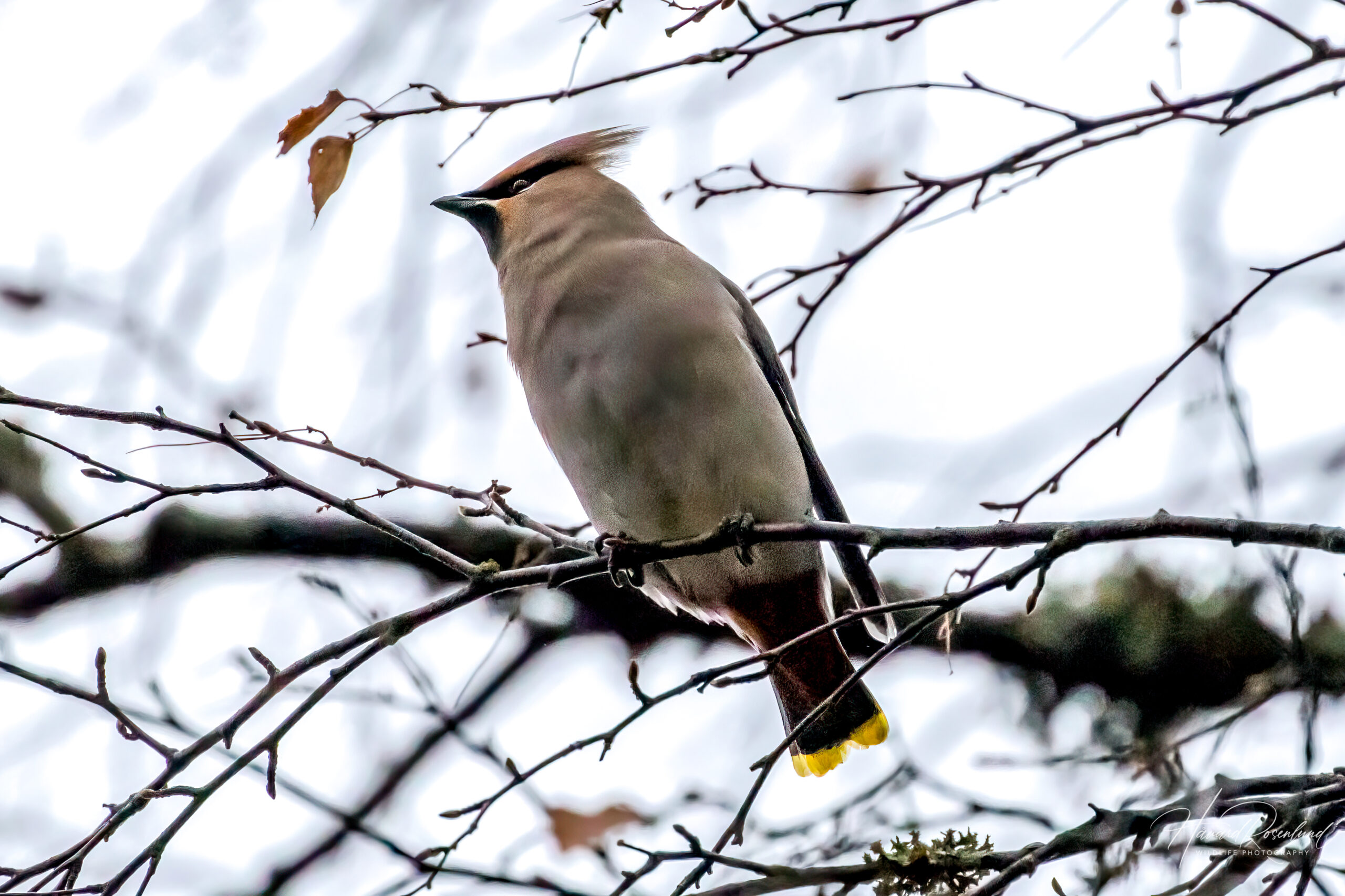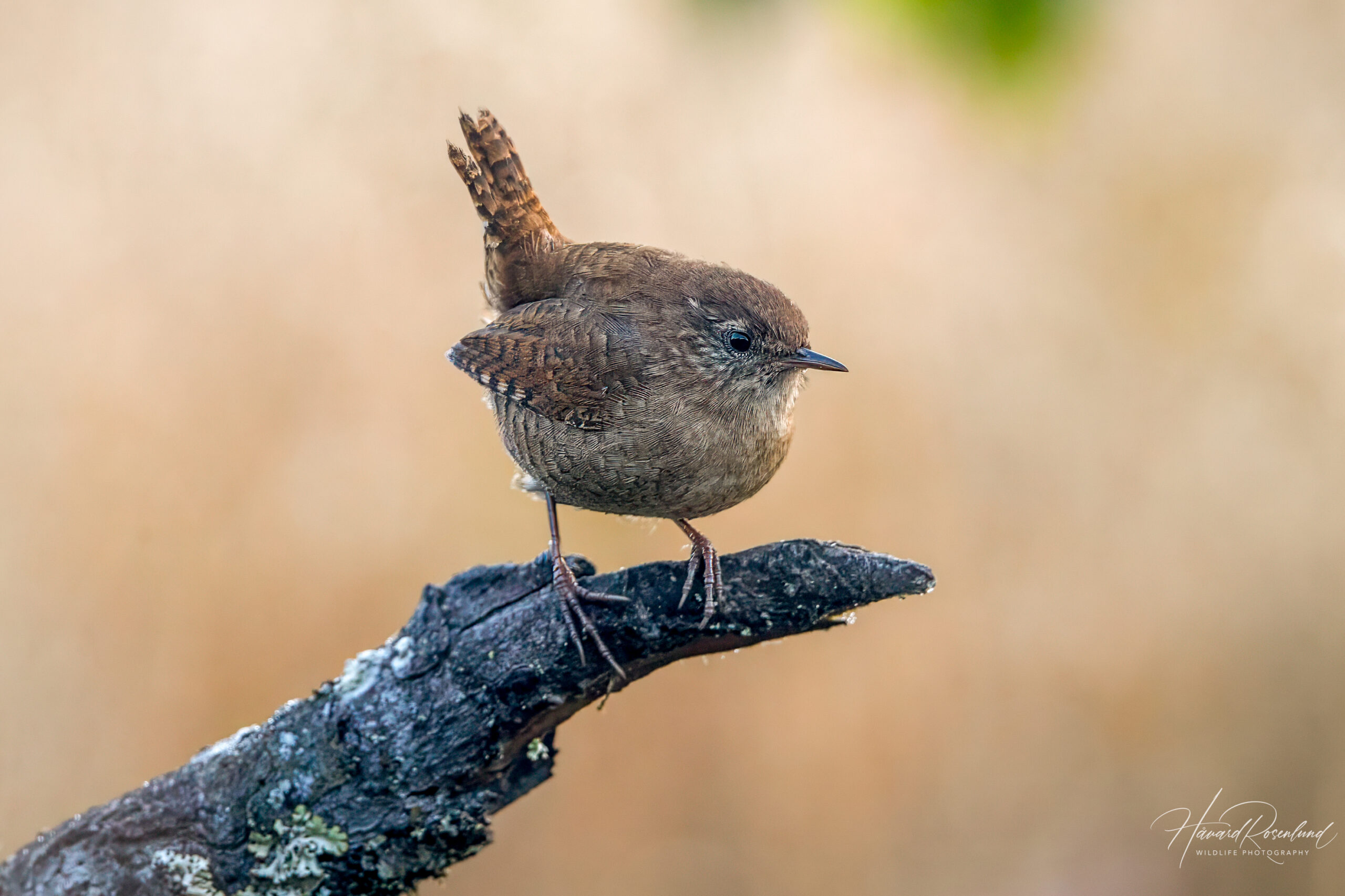Nittedal is my hometown and where I grew up. It is really not a place known for its wildlife viewing, but I’ve done my fair share of it here. To not add it as one of my wildlife destinations would not feel right when I know parts of this area so well. Especially when I have had a lot of nice observations and experiences here over the years. Most people might never come here for a visit, but on this page at least you’ll get some information on what I do when I’m here and what you could do if you ever end up in the area.
Nittedal is a municipality just north of Oslo. It is quite long, a bit more than 20 km from north to south. It is a valley, with the river Nitelven flowing at its center throughout much of the municipality. There are hills on both sides, and much of it is covered in spruce forests. When you get closer to the bottom of the valley, near the river, you’ll find a lot of fields and agriculture. There are three main areas, or town centers if you will, with large tracts of forests in-between. These are Hakadal in the north, Rotnes at the center, and Hagan in the south. I’m from Rotnes, and this is the area I will base most of my information on.
The main reason to come here would be to either have a nice walk in a typical Norwegian forest, and perhaps get a few good wildlife observations in the process, or to do some skiing in winter. Nittedal gets a lot of snow, and is typically colder than Oslo, even though they are not far apart. Other than that, most people that come to Nittedal that does not live, work, or know anyone here, come here to pass through to somewhere else.
Short answer: Nature walks, skiing
Long answer:
A lot of people in Oslo do come to Nittedal to do stuff, but then mainly for skiing and winter sports. We have plenty of good ski tracks for cross country skiing through the forest, as well as a decent alpine skiing resort in Hakadal in the north end of Nittedal, called Varingskollen. I am not a winter person, and do not own skis (despite growing up in ski-heaven), so I can’t really give any more information than that.
When the snow melts and the forests open up for normal walking again, that is when I get off the couch and go outside. Being from the very top of the hill at Rotnes in central Nittedal, I always had easy access to the surrounding forests, and still do when visiting. There are plenty of paths that go into the forest at the end of many streets in this area, and most of them are connected to each other. After quite a few walks in these forests and on these paths I ended up with a route I now follow almost every time to maximize wildlife viewing. I’ll take you through this route, so that if you by any chance ever come here, you can do the same walk yourself. It is a pretty short one, but I often do long stops at certain areas.
One can start this route from several locations, depending on what area you want to go through first. The version of this route I prefer the most is when I enter the forest at the end of the street furthest east north of the train station, called Utsiktsveien. You will then follow the path north in parallel with the train tracks below on the right hand side, but you cannot see them, only hear when a train passes. Keep with this path as it turns west. In this area I’ve come across breeding pairs of ravens and northern goshawks. This path will eventually turn more towards the south and you will end up at a marshy area called Mattismyra. Even though this marsh is pretty close to a few houses, be sure to stop here and take a look to see if anything is out there. You might be lucky and see a moose, just make sure to keep your distance. I’ve also seen cuckoos out in these marshes, as well as foxes crossing.
If you keep going west from the marshes, you’ll end up at a gravel road. Find a path on the other side of this road and continue on further into the forest. Somewhere in here there is a pair of black woodpeckers. They have a nest close by, which they use often, and it is not uncommon to hear their haunting calls. If you keep following this path, eventually you get to a dam and a body of water. This little lake is called Høldippeldammen, and is a popular place for young and old to have a swim and enjoy themselves during summer. Get down to the water and walk across the dam. There are almost always mallards in the water here, and quite often a few goldeneyes as well. Almost every year you’ll also find a pair of grey wagtails here at the dam that breed somewhere close by.
After you have crossed the dam, you will now be standing on a wide road. Wide enough for cars to drive on. You could do a long walk back by going north here, but I usually follow this road south to an intersection, where I turn east. This is the final leg of my walk, but I often spend some time in the forest here. There are more broadleaf trees present, which often attract other species of birds, especially insect eaters such as warblers. As you keep on this path you end up at a public parking space at the very end of the street Tumyrveien. From here you can follow the road straight back to the train station, if that’s where you came from.
If you do want to come here for wildlife viewing, than late spring, early summer would be my best bet. This is when a lot of the migrating species of birds have settled and most species are busy with singing to attract partners and establishing territories. Already in July things quiet down and species are harder to find. If you want to come here for winter activities, then obviously winter is the time to be here.
I would guess that most people who end up in Nittedal, do so from Oslo. It is actually quite easy to get to my neck of the woods at the top in Rotnes, as Nittedal Train Station is placed just south of both streets (Utsiktsveien and Tumyrveien) mentioned in the “What to do”-section above. Trains from Oslo to Nittedal go quite often from Oslo Central Station. You can take the RE30 to Gjøvik or Jaren (both stop at Nittedal), or R31 to Hakadal. R31 also stops at Varingskollen, as well as other stops along the forest with ski tracks, if you want to go here for winter activities.
I detailed my favorite wildlife walk in the “What to do”-section, and that has provided me with lots of great observations and photo experiences. Most of these happen because I find a spot to sit for a longer period of time off the beaten path, often with a ghillie suit. This way I’ve been able to find and observe nest activities, birds coming close without noticing me, and have even had roe deer walk up on me. Sometimes I also hear a sound or a song of something interesting, and then get off the path and head to towards whatever is making it. This way I’ve gotten to observe cuckoos, different species of woodpeckers, ravens, and more. Once, in my teens, I got to see an extremely rare and beautiful golden oriole, which is not a native breeder in Norway, because I followed an unusual song in the forest. One of my all-time favorite wildlife encounters. Sadly I did not have a camera back then.
Sometimes you just get lucky as you walk along, such as finding a den of grass snakes by Høldippeldammen, or European adders basking in the sun (some might find that unlucky though, but I enjoy my share of snakes). Other times you find things unexpectedly, such as a moose in some ones garden on the way home, or a fox on the path in front of you as you get back one late evening.
To maximize your luck, you can do some of the tings I mention here, such as finding a great place to sit and wait, or follow songs and sounds, but also make sure to be out very early in the morning, or late in the evening. Before or after most other people have done their nature walks for the day.

















































